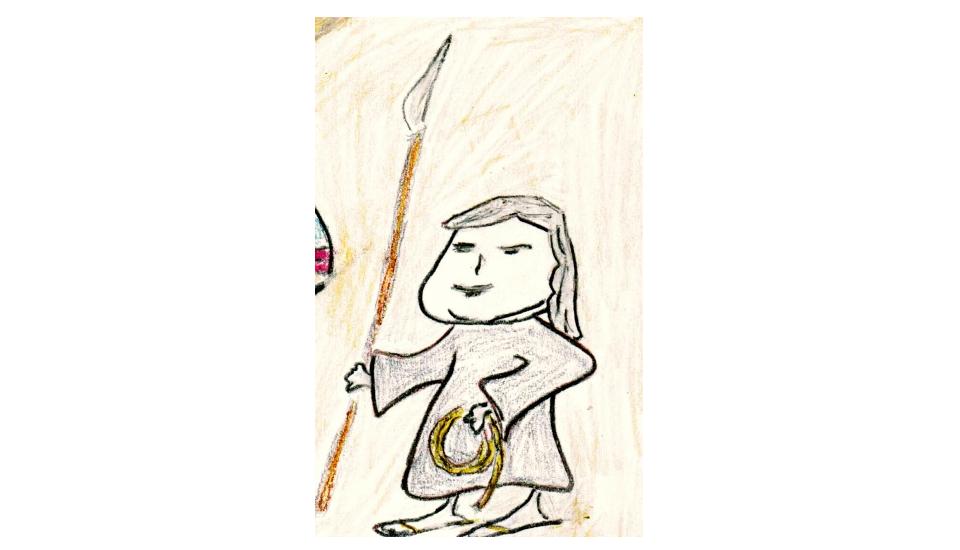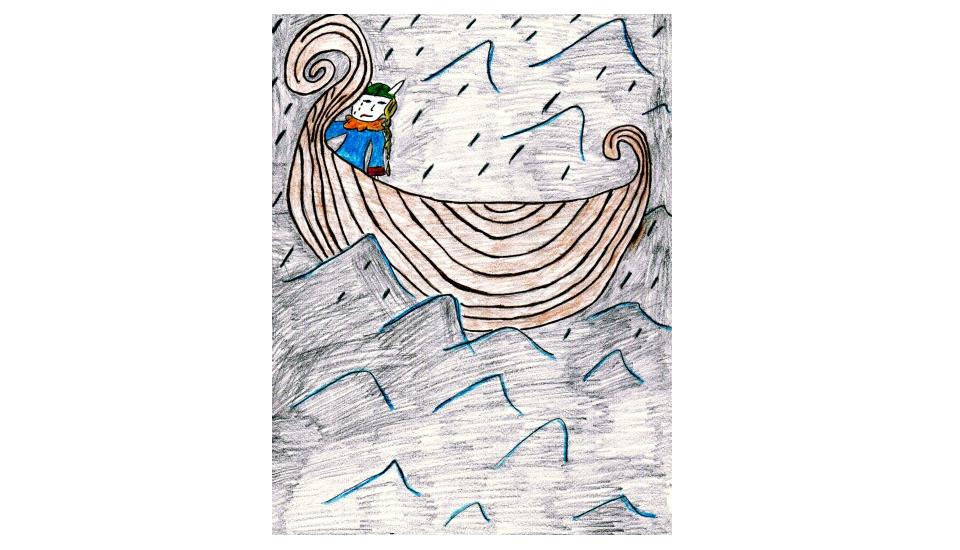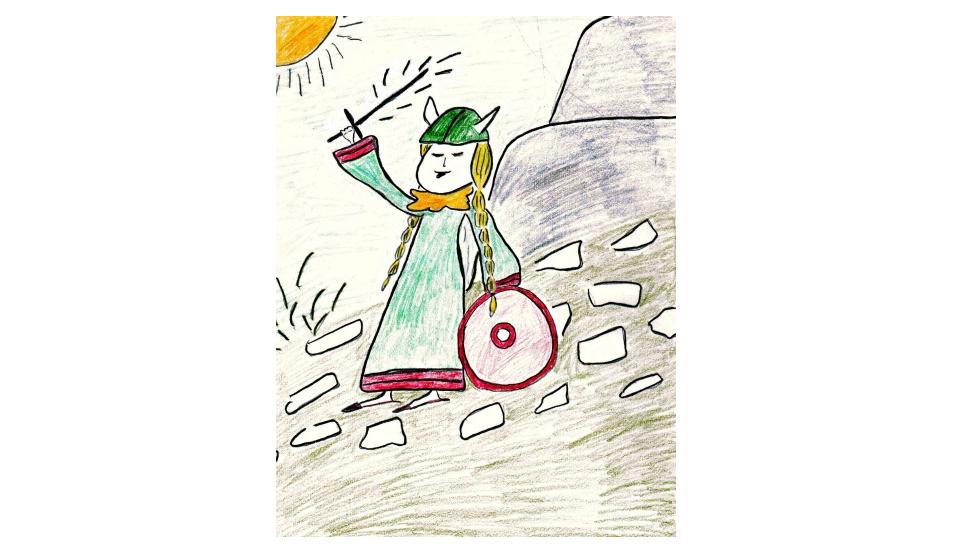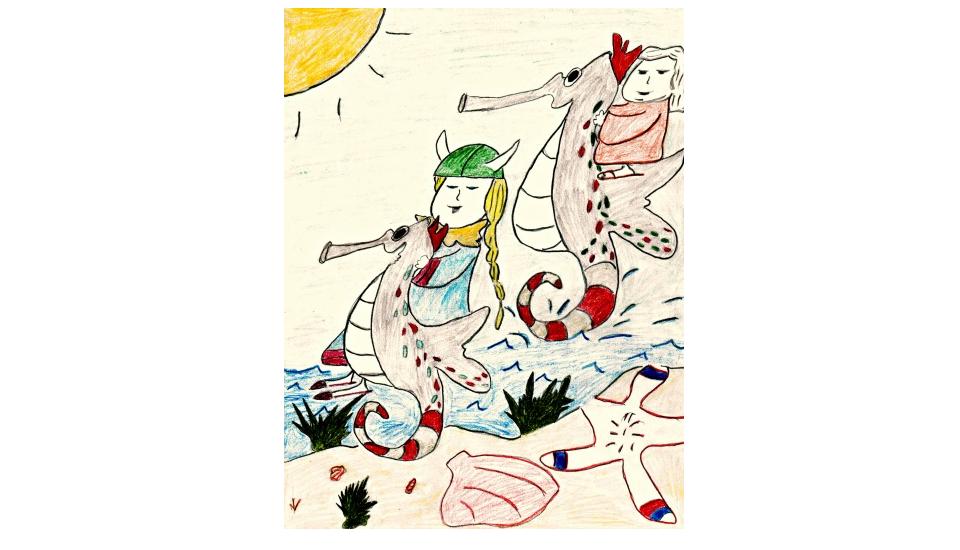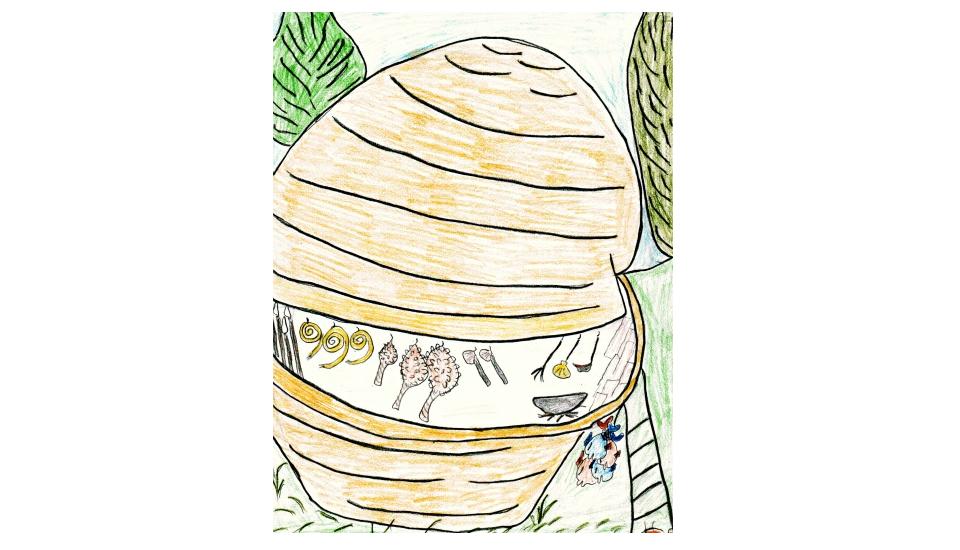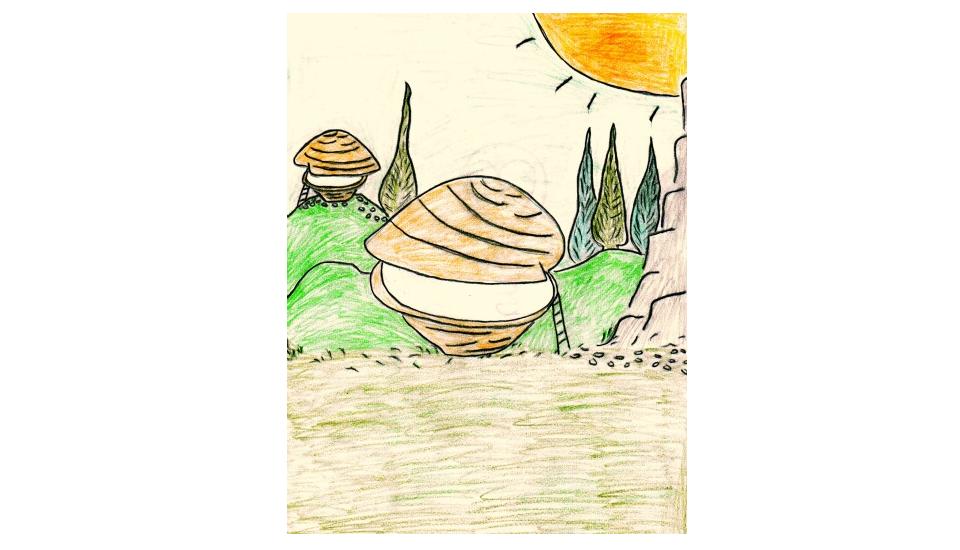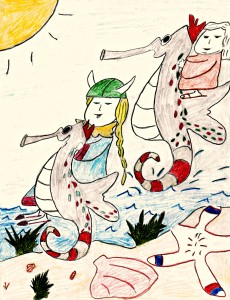Hermipedia Feature: Hermit Living
What is life like for Hermit on Hermit Island, and how is Hermit Living different?
First, Hermit life means one must have basic skills to survive on Hermit Island, such as how to build a fire, hunt, catch fish, construct a shelter, sculpt and carve tools, and how to grow and harvest crops for food and other essentials.
Since Hermit Island is full of wildlife, including dangerous predators, Hermit living requires years of awareness, agility, strength and wits. Many of Hermit Island living predators roam at nightfall, and this demands needs to calculate the time of day by sun, as well as navigate direction to be home and safe timely.
Hermit life means Hermit must finish all necessary chores before sunset, be back at Clam House Clearing, tuck into his clam shell, draw his step ladder inside, and seal the clam shut for safety.
Hermit living takes planning, intelligence and adaptability as Hermit shows by cleverly using the slippery and angled clam shell for housing. The roaming gitchoos cannot climb the sides of the shell, and the shell mouth squeezes together, keeping out zingos, while giving life air to breath.
Hermit found those giant shells in the deep water of Hermit Bay riding and swimming with Kasha for many years. They were perfect man cave-clam caves. Kasha, Sasha and their seahorse friends helped Hermit lift the shells from the water, and push them to the clearing.
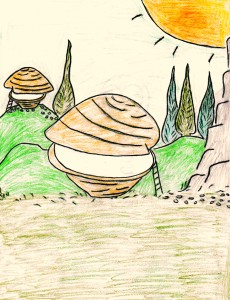
Hermit living keeps Hermit busy, and he gets moments here and there to remember his past. Sometimes, Hermit throws his spear like a javelin for practice, and he admires his own strength. For his small size and years, he is able to throw it many yards across the meadow, and with supreme accuracy.
Hermit imagines himself in a life dressed in armour, with roaring crowds applauding his athletic prowess. He hears them cheer as they rise to their feet in the stands. This life seems real, and not just a day dream.
As he throws his jute lasso over one shoulder, and walks across the field to retrieve his spear, the crowd noise dissipates, and the dream life clears. He pulls his spear from the grass, and looks out from the field over the hills to the water of Hermit Bay. It is beautiful. The sand glistens in the sun, and the water sloshes up to the rocks.
